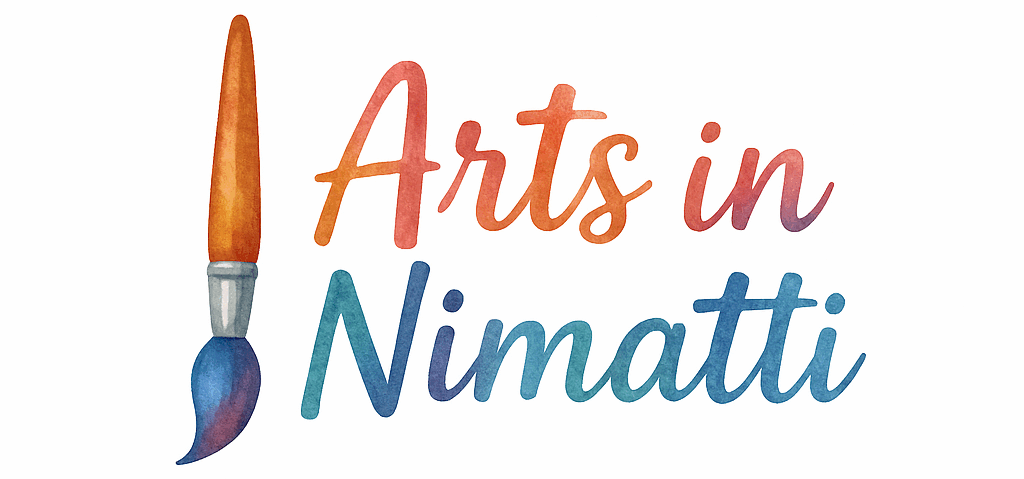Drawing is a skill that can be honed with consistent practice and dedication. Whether you’re a beginner or an experienced artist, developing a daily drawing routine can have a profound impact on your progress. In this article, we will explore 11 daily drawing exercises that can help you sharpen your skills, build your confidence, and improve your creativity. These exercises are designed to be simple, effective, and easy to incorporate into your routine, so let’s dive in!
Why Daily Drawing is Essential for Improvement
Before we get into the exercises, let’s first discuss why a daily drawing habit is so important. The key to becoming proficient in drawing, like any other skill, is consistency. Drawing every day allows you to:
- Strengthen your muscle memory: Repeated motion leads to better control and precision.
- Develop your eye for detail: The more you draw, the more you’ll notice the subtle differences in shapes, shadows, and proportions.
- Foster creativity: Daily practice opens the door for creative breakthroughs and new ideas.
- Improve your confidence: The more you draw, the less intimidating the process becomes.
If you’re looking to enhance your drawing skills quickly, starting a daily routine can be incredibly beneficial. Let’s explore some effective exercises that will help you along the way.
1. Start with Quick Sketches: 5-Minute Warm-Up
One of the best ways to kick-start your drawing practice is by doing quick sketches. These exercises are perfect for warming up your hand and mind. Grab a sketchbook and set a timer for 5 minutes. Choose a subject (it could be anything around you) and sketch it as quickly as possible.
This exercise helps improve your speed and decision-making while training your eyes to see essential details. For more tips on sketching techniques, you can check out Art Techniques.
2. Focus on Basic Shapes
All complex objects can be broken down into basic shapes like circles, squares, and triangles. Dedicate some time each day to drawing simple shapes in various sizes and perspectives. Focus on accuracy and proportion.
These fundamental shapes form the building blocks of more complicated drawings. You can also explore Art Education to further understand the importance of mastering basic forms.
3. Draw from Life: Observational Sketching
One of the most effective ways to improve your skills is by drawing from life. Whether you’re sketching a plant on your windowsill, a cup of coffee, or a friend sitting nearby, observing real-life objects helps improve your accuracy.
Start with simple objects and then work your way to more complex subjects. By focusing on real-world objects, you’ll be able to enhance your ability to capture details and proportions. Check out Artist Lifestyle for more tips on incorporating life drawing into your daily routine.
4. Practice Contour Drawing
Contour drawing is an exercise where you draw the outlines of an object without looking at your paper. This technique trains your eyes to closely observe the shape and structure of your subject while simultaneously improving your hand-eye coordination.
Start slow, focusing on drawing smooth, continuous lines. As you become more comfortable, try speeding up the process. It’s a great exercise to develop both observation skills and control.

5. Use Reference Images
Sometimes drawing from imagination can be challenging, and that’s perfectly okay. Using reference images allows you to practice specific techniques and improve your accuracy. You can use photos, artwork, or even still-life objects as reference.
Start by focusing on a single element—such as hands, faces, or shoes—and try to replicate them as closely as possible. You’ll gain valuable insights into proportions and details. For further inspiration, head over to Inspiration.
6. Experiment with Different Mediums
Using different drawing tools and materials can open up new creative possibilities. Try switching between pencils, charcoal, ink, or colored pencils. Each medium has its own unique qualities and can help you understand the versatility of your drawing style.
Experimenting with new materials will challenge your creativity and improve your adaptability. For more about using different materials in your art practice, explore Art Techniques.
7. Draw Daily for 30 Minutes
Consistency is key to improving your drawing skills. Set aside at least 30 minutes each day to draw. It doesn’t matter if you’re drawing for a few minutes or an hour, the key is consistency.
Create a dedicated space for your daily practice and treat it like a non-negotiable part of your routine. It’s important to create a habit that sticks. For tips on making drawing a daily habit, visit Creative Habits.
8. Gesture Drawing: Capturing Motion
Gesture drawing is an exercise where you sketch a subject in a short amount of time—usually within 30 seconds to 2 minutes. The goal is to capture the essence or motion of the subject rather than perfect details.
Gesture drawing is particularly useful when drawing people or animals, as it helps you capture dynamic poses and movements. For more advanced tips on gesture drawing, see Art History.
9. Draw Negative Space
Negative space refers to the space around and between the objects in your drawing. By focusing on drawing the spaces around an object, rather than the object itself, you can gain a better understanding of its shape and proportion.
This exercise helps improve your spatial awareness and often leads to more accurate drawings. Learn more about the importance of negative space in Art Education.
10. Focus on Shadows and Lighting
Shading is an essential part of any drawing. Understanding how light interacts with objects and creates shadows is crucial to adding depth and dimension to your work.
Start by drawing simple objects and focusing on the direction of the light source. Practice shading with different techniques like cross-hatching or stippling to give your work texture and depth. You can find more techniques for shading in Painting Tips.
11. Create a Daily Art Journal
An art journal is a fantastic way to track your progress, store ideas, and experiment with new techniques. Dedicate some time each day to filling your journal with sketches, ideas, and even thoughts about your creative process.
By keeping a daily art journal, you can visually see how much you’ve improved over time. Plus, it serves as a great tool for generating new ideas and concepts. For more on journaling as a creative habit, check out Creative Habits.
Conclusion: Stick with It and See Results
Improving your drawing skills takes time, but with consistent practice, you’ll see significant progress. The key to getting better is to draw every day, experiment with different exercises, and challenge yourself to step outside your comfort zone. Keep practicing, stay patient, and soon you’ll notice a huge difference in your artwork.
If you’re looking for more resources to enhance your drawing skills, explore our other articles on Art Techniques and Art Education. Remember, growth comes with practice, and the more you draw, the better you’ll become!
FAQs
1. How long should I practice drawing each day?
Ideally, you should aim for at least 30 minutes a day. However, even short sessions are better than nothing. The key is consistency.
2. Can I improve my drawing skills without formal training?
Absolutely! Self-practice, online tutorials, and resources like Art Tutorials can help you improve.
3. What should I focus on first as a beginner?
Start with basic shapes, sketching, and observational drawing. These will lay a strong foundation for more complex skills.
4. Can I use digital tools for drawing exercises?
Yes, digital tools are a great way to practice, especially for experimenting with different styles and techniques.
5. How can I stay motivated to draw every day?
Set small goals, celebrate your progress, and keep a visual journal to track your improvement. For more motivation, check out Artist Life.
6. What is gesture drawing, and how does it help?
Gesture drawing is a quick, loose sketch that focuses on capturing the essence or motion of a subject. It improves your ability to depict dynamic forms.
7. How do I develop my unique style as an artist?
Experiment with different techniques, mediums, and subjects. Over time, you’ll develop a style that feels personal and authentic. For inspiration, visit Art Inspiration.

